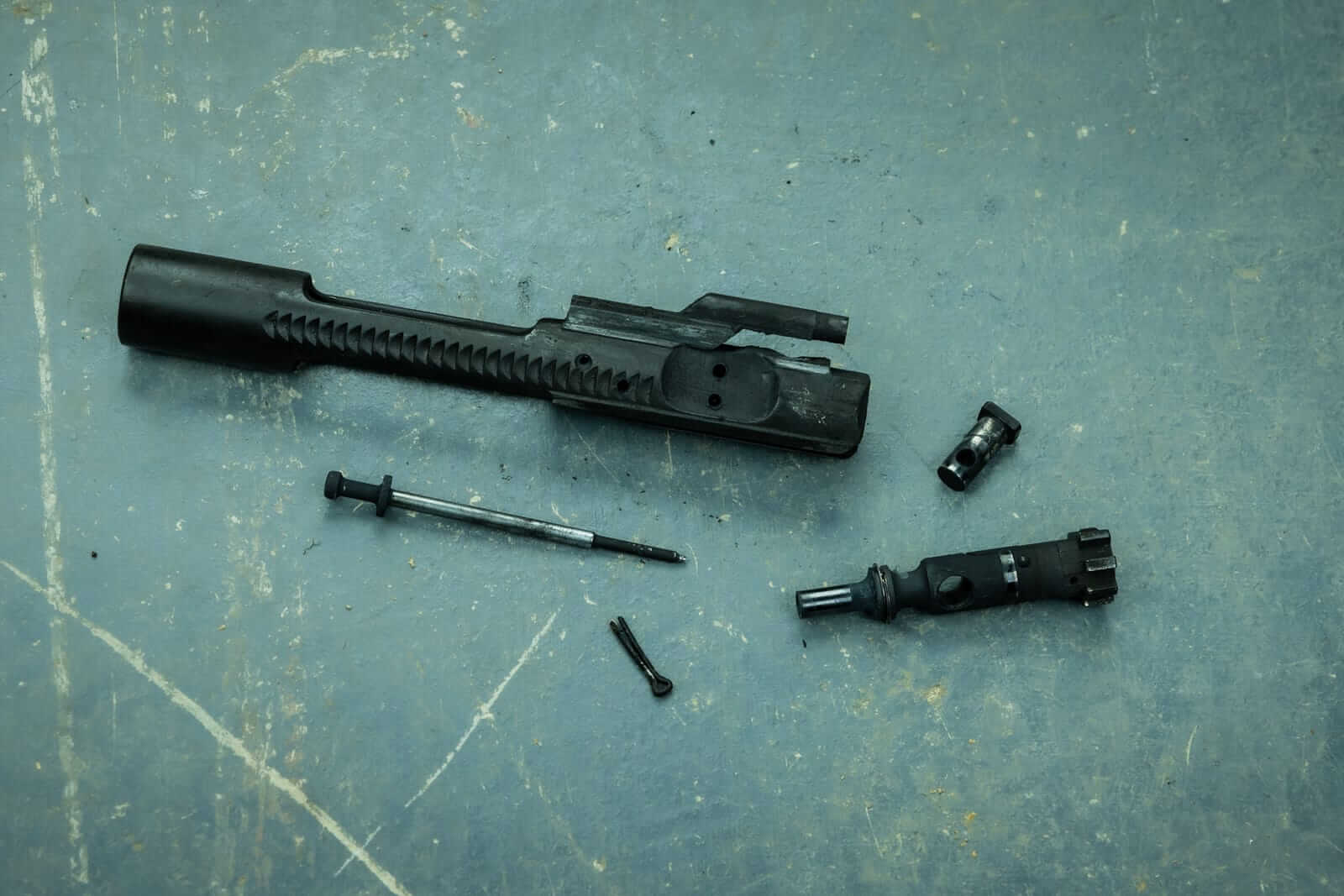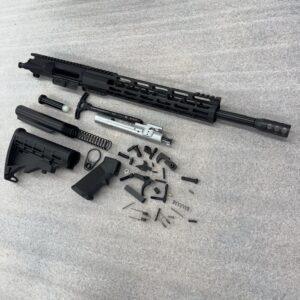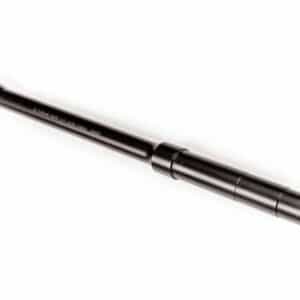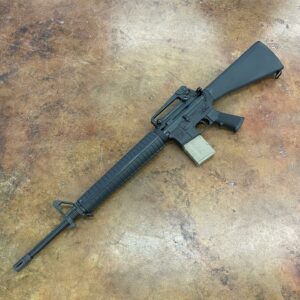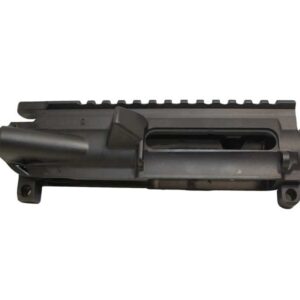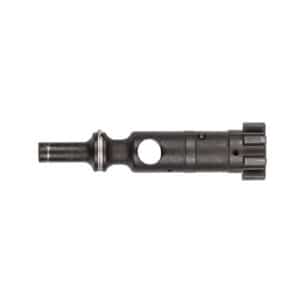If you have ever thought of building, modifying, or maintaining your AR-15 on your own and have done a bit of research, then you have probably come across the term headspace. However, what is headspace exactly, and why should you care about it?
The Headspace definition may seem a bit complicated, whether you are a newbie or an experienced gun owner. However, when it comes to AR-15’s modular design, it is important to understand it as it can make all the difference between having a safe, effective rifle and one that has high risks of malfunctioning.
In this blog post, we will discuss everything you need to know about an AR-15 headspace and why you should really care about it.
The Modular Design of AR-15 and Real-World Tolerance
The modular design of the AR-15 platform is what makes it so popular among gun lovers. This means you can put together an AR from start to finish, picking pieces from various brands so you end up with the rifle that fits you best.
However, just because the different parts you are using say “mil-spec” doesn’t mean they will fit or work perfectly with each other. This happens not because the parts aren’t any good, but because when they’re made, they might not match up precisely, which can cause a bit of a problem.
This is why it’s really important to know this idea, especially if you want to change out your barrel or use different parts from other brands to build your own rifle. Not taking the AR15 headspace into cognisance can impede the performance or, in worse cases, cause safety hazards.
What is Headspace in a Rifle
To understand this concept in its entirety, we first have to define headspace in simple terms. It is the distance between the face of the bolt to the point where the shoulder of the cartridge rests on the chamber. This ensures that when a round is chambered, it sits properly and is ready for firing.
The headspace meaning and significance are mainly to have the right amount of space that a cartridge needs to chamber and fire safely. A small distance may cause the bolt not to close properly, which can cause an increase in pressure and a malfunction. On the other hand, if the space is too much, there can be an excessive stretch when firing, causing split brass or misfire.
So, when we ask what is headspace in a rifle, what we are really asking is how tight or loose the cartridge fits, and is it within safe, functional limits?
How is Headspace Measured
You should always measure from the datum line found on the cartridge shoulder to the bolt face to ensure you get the right distance. Depending on the AR-15 model, the distance from the bore to the chamber can change a bit, but should always be within .006” for .223 or 5.56 caliber. Even though it seems minute, its implications matter a lot.
Several things, like coatings, carbon fouling, wear, and tear, can cause significant changes in the distance, which can cause the rifle to malfunction.
Do You Really Need to Check AR15 Headspace?
The answer to this question varies depending on the AR-15 rifle you are using. If you bought a rifle that has been completely assembled by a reputable manufacturer, then you really do not need to worry about AR15 headspace gauge checks, as most manufacturers test for rifle headspace before sending to the market.
However, if you are changing barrels, building a DIY riffle from scratch, or mixing upper receivers and lower receivers from different manufacturers, then headspacing AR 15 is an important part of your assembly process.
To check for headspacing, military armorers use the field gauge to make sure that deployed rifles are within the safe tolerances; however, civilian shooters who do serious custom work should use the Go/No-Go gauge tool to verify it.
Tools for Measuring Headspace
There are several tools that can be used to measure the distance between the datum line and the bolt face. These are:
Go/No-Go Gauges
The most common tools used for checking AR-15 headspace are Go and No-Go gauges.
- The GO gauge is a bit short and enables easy closing of the bolt.
- A NO-GO gauge is slightly longer and does not allow the bolt to close over it.
This is not just a formality when it comes to reloading a rifle; improper headspacing a rifle can cause bulging or brass failure, which shortens the brass’s life.
Precision and Digital Gauges
Although this type of gauge is not necessary for most shooters, obsessive tinkerers and gunsmiths find it useful as it measures in .001”. It allows better control for tuning loads or evaluating wear.
Step-by-Step: How to Check AR-15 Headspace
Below is a step-by-step process on how to check AR15 headspace using Go/No-Go gauges:
- The first thing to do is to disassemble your AR-15 riffle (you can read our blog post on how to do that here), detach the upper receiver from the lower receiver.
- Clean the chamber and bolt to remove any carbon or debris that can affect the test.
- Remove the ejector and extractor from your bolt. This ensures that the gauge sits flat and is not skewed.
- Insert the GO gauge into the chamber, then try to rotate. If done properly, it should close easily.
- Repeat this process with the NO-GO gauge, then try to rotate. The bolt should not rotate closed. If it does, the distance may be a little too much.
If you are not so certain about the result you got, then you should visit a gunsmith to double-check with calibrated tools.
Checking Without Gauges: Is It Worth It?
Several methods exist that allow you to check the headspace of a firearm, usually by working with spent or resized brass. As an example, after trimming a fired case and taking off the primer, you can test it by chambering it. Check for any noises, difficulties closing, or looseness of the bolt.
These signs can point to the possibility of poor fit, but the results are too unreliable for major inspections. It can be appealing to use anything in place of a proper AR-15 headspace gauge, but this won’t give you as much assurance as an accurate one does.
Feeling Overwhelmed? You’re Not Alone
If this sounds confusing to you, you are not the only one. It can seem overwhelming at the beginning to think about what this concept is and how to measure it. With regular practice, you will find that it gets easier, like any other rifle-building skill.
Always start by checking the headspace on a rifle that is known to fire safely. Try out the different types of Go/No-Go gauges to understand how they work. If you are not sure, get advice from an expert, an experienced friend, or a mentor in the field who has fired a lot of rounds. There are several people in the gun community who won’t mind sharing the knowledge they’ve acquired over the years.
Can You Fix Headspace Issues?
Sometimes, small headspace issues can be resolved. An example is the tight chambers that can be corrected by using a reamer to carefully make the chamber a little deeper.
It is actually a loose headspace that causes more severe issues. It is impossible to safely or easily remove a cut from the chamber. If your bolt closes perfectly on a No-Go or Field Gauge, you should either return the upper, replace the parts, or get advice from a professional. Do not risk trying to salvage things with little alterations or improvisation.
So, Is Headspace Really That Critical?
Actually, today’s AR-15s are generally designed with enough clearance to give room for over-headspacing. That is, by design, it raises the reliability for both common and special kinds of ammunition.
Although the issues that come with headspacing are rare, this doesn’t mean that they do not occur. A problem can arise if you change parts or do off-brand upgrades.
Reloaders are advised to be extra cautious. The correct amount of clearance in a rifle is important for its function, accuracy, and safety.
Headspace Isn’t Complicated — But It Is Important
Knowing what headspace means and how it affects your AR-15 helps you ensure your gun remains reliable. Though the concept may sound complicated, it is not really hard, it just needs you to pay attention to details.
Headspace matters with everything you do on an AR15, from scratch building, replacing the barrel, to reloading your ammunition for safety and steady results. Mistakes in headspacing can bring a whole list of malfunctions, but it is not very hard to check with the proper equipment. You do not need a gunsmith to get it right; you only need to understand the concept, use good gauges, and check your efforts a second time. Developing the practice of checking firearm headspace during rifle building is highly important for shooters. Little steps like cleaning add to your safety on the range and keep your gear lasting longer.

